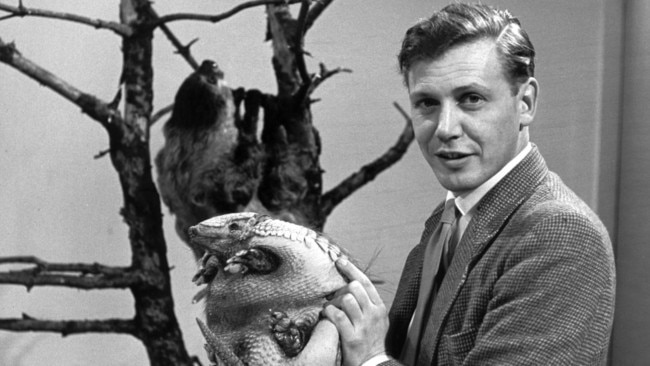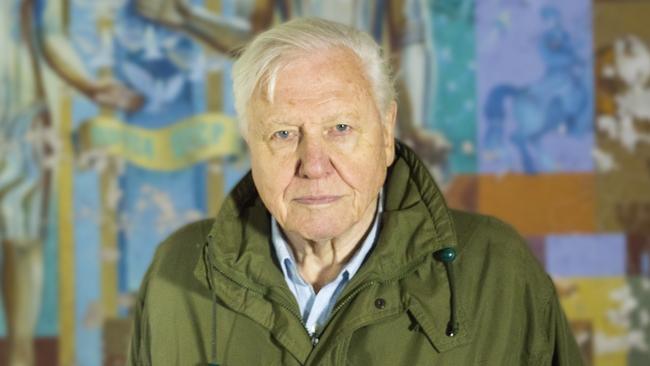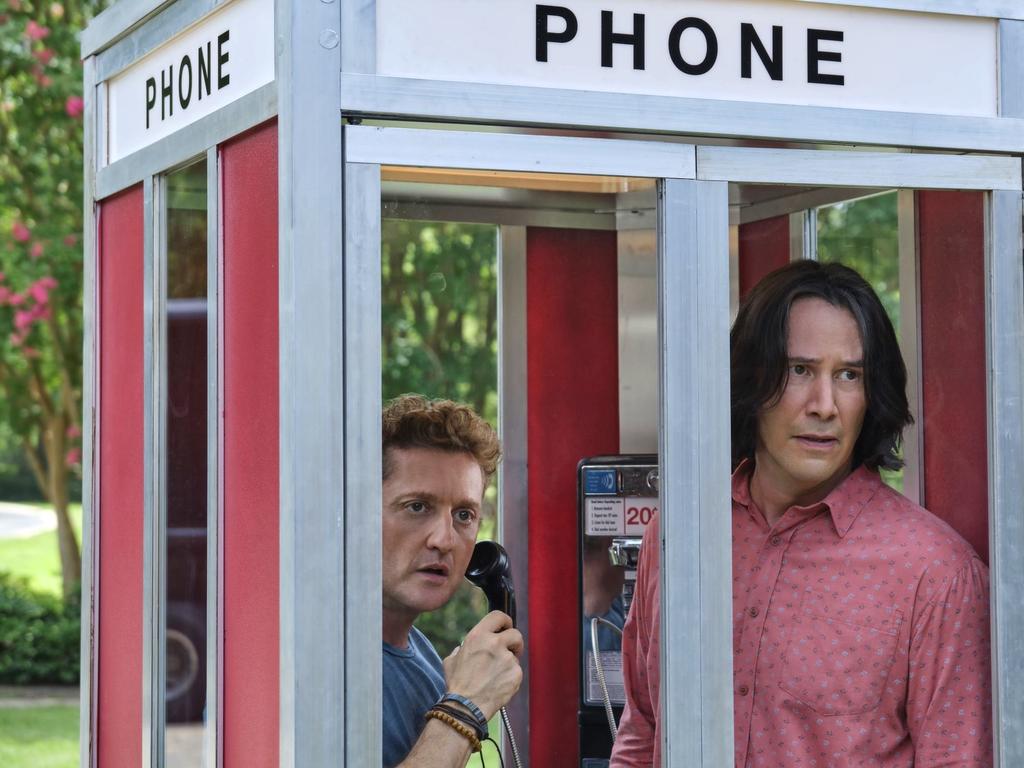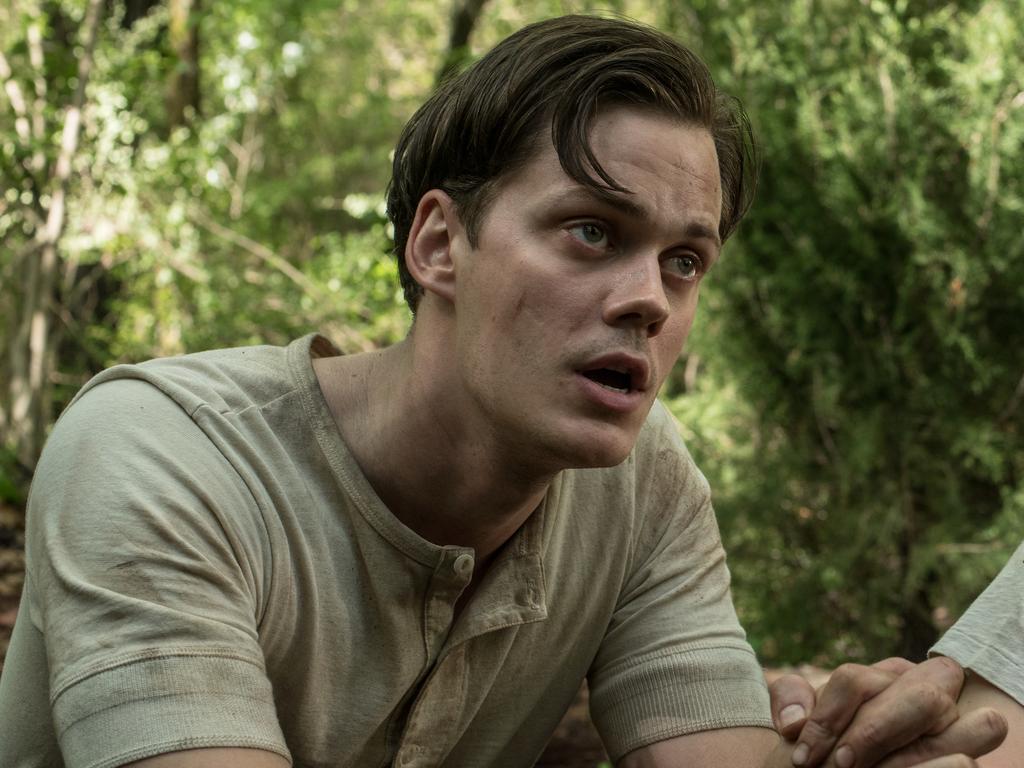
I am making David Attenborough: A Life on our Planet a five-star film for a simple reason: everyone on the planet who can see it should see it. Afterwards, you may agree with Attenborough, half-agree with him or disagree with him. He will accept that. He doesn’t pretend to know all the answers to earth’s problems but, after 94 years on this blue marble, most of them as our best-known natural historian, he deserves to be heard.
Attenborough describes this film as his “witness statement”. It is his account of what he has seen happen to the planet during his near-century, his fears for what might happen in the next century and his suggestions for how not only to prevent it happening but to reverse it, to return to an existence where humans live as part of the world rather than apart from it.
This third strand is the most important. “It’s not all gloom and doom,” Attenborough says.
If the movie ended with the second strand, with images of what the land, seas and skies might look like in 2100, it would be a depressing viewing experience, not least because what we see is not animated but real world previews of what might come to be: dead coral reefs, treeless forests, polar bears swimming in iceless water.
“This is now our planet run by humankind for humankind,” Attenborough says at this point. “There is little left for the rest of the living world.”
As he looks into the camera to talk about this, we see a rare side of Attenborough. He looks on the verge of tears and is almost lost for words.
A ticking clock of sorts pops on to the screen to mark how the planet has changed through the decades of Attenborough’s life. Three factors are measured: global population, the amount of carbon in the atmosphere, each rising and rising, and remaining wilderness, going in the other direction.
When he is asked why, at his age, he keeps fighting to protect the natural world, he says, “I wish I wasn’t involved in this struggle, but I would feel guilty if I saw what the problems were and decided to ignore them.”
These are wise words, and as he points out, while intelligence is our world-conquering asset, it is wisdom we need now.
And so Attenborough offers his thoughts of what we should do.
“It’s quite straightforward,” he says, and his smile returns. And he is true to his word: there is no science fiction in what he suggests. It is about lowering global warming, phasing out fossil fuels in favour of solar, wind and water power, using the land and sea more judiciously and rewilding the world.

He is encouraged by examples where this is happening now: the reforestation of Costa Rica, the no-fish zones in Palau that led to an increase in the fishing catch, Morocco’s shift to solar power, the growth of small, compact farms in The Netherlands.
This 85-minute movie is made by Netflix alongside the World Wildlife Fund and nature documentary group Silverback Films. It is directed and filmed by people who have worked with Attenborough before: Alastair Fothergill, Jonathan Hughes, Keith Scholey and cinematographer Gavin Thurston.
It will have a limited cinema release from September 28 before moving to Netflix. I recommend seeing it on the big screen, to see our fellow creatures in all their beauty and the planet in all its vastness. The cinema release will also include, at the end of the film, a question-and-answer session between Attenborough and Michael Palin. You can find a list of screenings at au.attenborough.film
This is Attenborough’s most personal film. It includes file footage from his documentaries that remind us he was once a tall, skinny Englishman wrestling with apes or hanging out with tribesmen in what is Papua New Guinea.
It is here, in what Attenborough has filmed during his lifetime, that we revisit the magnificence he has been bringing into our living rooms for as long as we can remember: wild animals in the wild.
He is full of enthusiasm as he remembers his early life. He joined the BBC in 1952. Working on nature programs was easy, he says with a laugh, because “no one had ever seen a pangolin on TV before”.
“It was the best time of my life,” he says of his early travels making documentaries. He adds that is was a steep learning process “and I’m still learning”.
This movie begins and ends in the same place: Chernobyl, a single event that Attenborough believes had the same cause as the rapid decline in the earth’s biodiversity: bad planning and human error.
The final shots show us a place still devoid of humans that nature has reclaimed. Attenborough, who talks about the five great extinctions the planet has experienced to date, does believe nature will survive, come what may. He just hopes we are wise enough to be here to see it.







David Attenborough: A Life on our Planet (G)
Short release in selected cinemas from September 28 (screenings listed at au.attenborough.film)
Netflix from a date to be announced
★★★★★